This article was co-authored by Trudi Griffin, LPC, MS. Trudi Griffin is a Licensed Professional Counselor in Wisconsin specializing in Addictions and Mental Health. She provides therapy to people who struggle with addictions, mental health, and trauma in community health settings and private practice. She received her MS in Clinical Mental Health Counseling from Marquette University in 2011.
There are 19 references cited in this article, which can be found at the bottom of the page.
wikiHow marks an article as reader-approved once it receives enough positive feedback. In this case, 82% of readers who voted found the article helpful, earning it our reader-approved status.
This article has been viewed 98,928 times.
Vomiting is not a pleasant experience for any individual. Although many people haven’t heard of emetophobia, or fear of vomiting, it is an extremely common anxiety disorder — it is the fifth most common phobia, affecting millions around the world[1] — and is especially common in women and adolescents. For an emetophobic person, the anxiety that accompanies the possibility of throwing up can be debilitating. In fact, emetophobia may present with similar symptoms to panic disorder and cause sufferers to avoid anything that may cause them to vomit such as being near sick people, eating in restaurants, drinking alcoholic beverages, and using public restrooms.[2] But actively coping with your fear of vomiting and easing nausea can help you deal with emetophobia.
Steps
Coping with the Fear of Vomiting
-
1Make sure you have Emetophobia before going further. Below are some symptoms of Emetophobia[3] .
- Avoiding eating food away from home.
- Avoiding hospitals and sick people
- Excessive use of antacids.
- Avoiding seeing vomiting on TV.
- Avoiding bad-smelling things.
- Inability to hear the word 'vomit'.
- If you have noticed these symptoms within you, then chances are that you may have this condition.
-
2Try to look at the situation objectively. If you have this fear, it may help to realize that what you are afraid of, in reality, happens rarely. It may help to ask yourself questions like.
- "How many times have I vomited today?".
- "When was the last time I vomited?"
- "How many times have I vomited in the last month or year?"
- "Is this fear helping me to not vomit?"
Advertisement -
3Identify your triggers. In most cases, emetophobia is triggered by something specific, such as a scent or sitting in the back seat of a car.[4] Figuring out what triggers your emetophobia can help you avoid it or tackle it in therapy. Some common triggers are:
- Seeing or thinking of another person or animal vomiting
- Pregnancy
- Travel or transportation
- Medication
- Scents or smells
- Foods
-
4Avoid triggers. For many people, dealing with their emetophobia may be as simple as avoiding what triggers the disorder and its related anxiety. However, be aware that this may not always be possible, such as if you have a sick child, and you should have alternative ways to deal with your fear if necessary.
- Figure out in advance how to avoid your trigger. For example, if certain foods stimulate your fear, don’t keep them in your home. If you are in a restaurant, you could ask your tablemates to avoid or cover foods that may make you sick.
- Stay away from your triggers as long as it doesn’t affect your life or that of someone else. For example, if using a public restroom makes you nauseous, make sure this isn’t causing you to stay at home.
-
5Accept your disorder. Emetophobia is relatively common, but it can still be debilitating if you suffer from it. Making peace with yourself about fearing vomit may help you relax, which could actually help you deal with the anxiety related to your fear.[5]
- Accepting your emetophobia may also help others accept your disorder.
- Embracing your disorder may not happen overnight because the fear can be significant.[6] Gradually tell yourself “It’s okay to have this fear, and I am okay.”
- Consider giving daily positive affirmations to help bolster your confidence and relax you. For example, tell yourself: “I take public transportation successfully every day and today will be no different.”
- Read online forums from sources such as the International Emetophobia Society, which can give you tips on accepting your disorder as well as put you in touch with emetophobic people.[7]
-
6Communicate with people. People react strangely to your behavior in situations where you’re avoiding triggers. Be honest about your disorder with others, which may prevent uncomfortable situations or questions. In turn, this may help you relax and control your fear.
- Let others know about your fear before anything happens. For example, if the smell of ranch dressing bothers you, say, “I just want to let you know that I apologize if I react badly. I have this disorder that makes me nauseous when I’m around ranch dressing,” or, “Changing dirty diapers makes me slightly nauseous, even as cute as your baby is.” You may find that people can help you avoid triggers like this by not ordering the food or changing diapers when you’re not present.
- Consider using humor to your benefit. Making a joke about your emetophobia may release tension. For example, if you’re in a car you can say, “May I please sit in the front seat so this doesn’t turn into the vomit comet?”
-
7Tolerate social stigmas. Some people may not understand emetophobia or believe it exists. Try and be understanding if they stigmatize you and realize that their behavior may simple come from ignorance about the disorder.[8]
- Ignore any statements that upset you or counter them with information on the disorder.
- Talking to or leaning on family and friends can help you deal with your feelings and any stigmatization your feel.
-
8Join a support group. Because emetophobia is so common, there are different actual and virtual support groups you can join. Being a part of a community that has similar experiences may help you more effectively deal you’re your emetophobia or get treatment for it.[9]
- Take part in discussions and forums on your type of emetophobia. Ask your doctor or local hospital about support groups. You can also search online for virtual communities, including the International Emetophobia Society.[10]
- Consider joining a support group for people who suffer from anxiety, since emetophobia is an anxiety disorder. Groups such as the Anxiety and Depression Association of America can help you locate a local or virtual support group for your emetophobia-related anxiety.[11]
- Talk to your family and friends about your disorder, which may provide immediate support if your fears flare up.
Receiving Treatment
-
1Schedule a doctor’s appointment. If your fear of vomiting impinges on your ability to have a normal life, schedule an appointment with your doctor. They may be able to help you with coping mechanisms or prescribe anti-emetics, which may ease nausea or vomiting.
- Remember that although fear of vomiting is common, if it is affecting your daily life, then it is important to seek help.
- Ask your doctor if there may be underlying causes of your emetophobia and ways to deal with it, such as a bad experience as a child or during pregnancy.
- Consider seeing a psychiatrist or other mental health professional, who may be able to help you tackle your fear of vomit through different types of therapy.
- It's essential to be assertive when asking for help. Try to tell the truth, as openness and honesty can, in fact, help you overcome this condition.
-
2Undergo therapy. Emetophobia is not necessarily something with which you have to suffer for the rest of your life, though it can take a long time to treat. The disorder can be successfully treated with different types of therapy, which shouldn’t cause you to actually vomit, that help you live your life in a manner you like without the fear of vomiting.[12] Typical therapies that you may undergo include:
- Exposure therapy, which exposes you to triggers such as seeing the word vomit as well as smells, videos, photographs, or eating at buffet tables.[13]
- Cognitive-behavioral therapy, which involves a more gradual exposure to triggers and ultimately helps you disassociate vomiting with fear, danger, or death.
-
3Take medication. If your emetophobia and related nausea are severe, your doctor may prescribe medication to help you deal with both. Ask about taking an anti-emetic, which can prevent nausea and vomiting, and an anti-anxiety or anti-depressant medication to deal with underlying disorders.
- Get a prescription for the most common anti-emetics including chlorpromazine, metoclopramide, and prochlorperazine.[14]
- Try a motion sickness medications or antihistamines, which can relieve any nausea and vomiting if you can’t get to your doctor right away.[15] A common antihistamine for nausea is dimenhydrinate.[16]
- Take antidepressants such as fluoxetine, sertraline, or paroxetine or anti-anxiety medications including alprazolam, lorazepam, or clonazepam to help combat your fear of throwing up.[17]
-
4Use relaxation techniques. Because emetophobia often has similar symptoms to panic disorder, relaxing may help control your reactions and ease nausea or vomiting.[18] Try out different relaxation techniques to help yourself calm down and feel better. Some possible exercises include:
- Deep breathing to relieve tension. Inhale and exhale in a balanced pattern. For example, breathe in to a count of four, hold for two counts, and then breathe out for four counts. Make sure you sit upright with your shoulders back to get optimal benefits from deep breathing.[19]
- Progressive muscle relaxation to relax your entire body. Starting at your feet and moving towards your head, tighten and contract each muscle group for five seconds Then release your muscles for 10 seconds to get deep relaxation. After 10 seconds, move to the next muscle group until you are done.[20]
Easing Nausea or Vomiting
-
1Eat simple foods. If you are having an attack of nausea or vomiting, you may want to eat using the BRAT principle, which stands for bananas, rice, applesauce, and toast. These foods may settle your stomach and ease fears of vomiting because they are easy to digest.[21]
- Try other easily digestible foods such as crackers, boiled potatoes, and flavored gelatin.[22]
- Add more complex foods as you feel better.[23] For example, you might try cereal, fruit, cooked vegetables, peanut butter, and pasta.[24]
- Stay away from trigger foods or anything that might upset your stomach. For example, dairy products and sugary foods can make you feel nauseous.[25]
-
2Drink clear liquids. Dehydration can cause nausea and lightheadedness and may trigger your emetophobia. Drink clear liquids throughout the day to keep hydrated and not overtax your stomach.[26]
- Drink any liquid that is clear or melts into clear liquid, such as an ice cube or popsicle.[27]
- Stay hydrated by choosing drinks such as water, fruit juices without pulp, soup or broth, and clear sodas such as ginger ale or Sprite.[28]
- Sip ginger or peppermint tea, which may keep you hydrated and ease nausea. You can use either commercial ginger or peppermint tea bags or brew your own tea with a few mint leaves or a piece of ginger.[29]
- Avoid any liquids that may cause nausea such as alcohol, coffee, or milk.[30]
-
3Get enough rest and take naps. Make sure that you are sleeping enough each night, which can help relax you and may help control your fears. Consider a short nap during the day to relieve nausea.[31]
- Decrease your activity if you are experiencing a bad phase because a lot of movement may stimulate nausea and vomiting.[32]
-
4Wear loose clothing. Wearing constricting clothing puts pressure on your belly. This can increase the feeling of nausea or cause you to throw up.[33] Avoiding tight clothing may keep your stomach soothed and in turn relax you and ease fears of vomiting.
- Consider clothing if you’re eating out and may bloat. Wearing jeans if you’re eating pizza or another food that causes bloating might not be a great idea because as your stomach fills, your clothes may get tighter. Instead, you might want to wear a dress or an unbuttoned shirt.
Warnings
- Seek help as soon as you can if emetophobia is ruling your life.⧼thumbs_response⧽
- Focusing more on your fear instead of overcoming it might make your emetophobia worse.⧼thumbs_response⧽
References
- ↑ https://www.ncbi.nlm.nih.gov/pmc/articles/PMC4253364/#:~:text=Estimates%20about%20the%20prevalence%20of,about%200.1%25%20of%20the%20population
- ↑ http://www.anxietycoach.com/emetophobia.html
- ↑ https://www.psycom.net/anxiety-phobias-emetophobia-fear-vomiting
- ↑ http://www.anxietycoach.com/emetophobia.html
- ↑ http://www.huffingtonpost.com/delaney-paige/living-with-emetophobia_b_7958958.html
- ↑ http://www.huffingtonpost.com/delaney-paige/living-with-emetophobia_b_7958958.html
- ↑ http://www.emetophobia.org/forum.php
- ↑ http://www.huffingtonpost.com/delaney-paige/living-with-emetophobia_b_7958958.html
- ↑ http://www.emetophobia.org/forum.php
- ↑ http://www.emetophobia.org/forum.php
- ↑ http://www.adaa.org/supportgroups
- ↑ http://www.anxietycoach.com/emetophobia.html
- ↑ http://www.anxietycoach.com/emetophobia.html
- ↑ http://www.mayoclinic.org/diseases-conditions/migraine-headache/basics/treatment/con-20026358
- ↑ http://www.nlm.nih.gov/medlineplus/ency/article/003117.htm
- ↑ http://www.nlm.nih.gov/medlineplus/ency/article/003117.htm
- ↑ http://www.nimh.nih.gov/health/topics/mental-health-medications/index.shtml
- ↑ http://www.anxietycoach.com/emetophobia.html
- ↑ http://www.yogajournal.com/category/poses/types/pranayama/
- ↑ http://www.mayoclinic.org/diseases-conditions/panic-attacks/basics/lifestyle-home-remedies/con-20020825
- ↑ http://www.ncbi.nlm.nih.gov/pmc/articles/PMC3798203/
- ↑ http://www.mayoclinic.org/symptoms/nausea/basics/when-to-see-doctor/sym-20050736
- ↑ http://www.mayoclinic.org/symptoms/nausea/basics/when-to-see-doctor/sym-20050736
- ↑ http://www.nlm.nih.gov/medlineplus/ency/patientinstructions/000068.htm
- ↑ http://familydoctor.org/familydoctor/en/prevention-wellness/food-nutrition/weight-loss/brat-diet-recovering-from-an-upset-stomach.printerview.html
- ↑ http://www.mayoclinic.org/symptoms/nausea/basics/when-to-see-doctor/sym-20050736
- ↑ http://www.nlm.nih.gov/medlineplus/ency/patientinstructions/000205.htm
- ↑ http://www.nlm.nih.gov/medlineplus/ency/patientinstructions/000205.htm
- ↑ http://everydayroots.com/nausea-remedies
- ↑ http://www.nlm.nih.gov/medlineplus/ency/patientinstructions/000205.htm
- ↑ http://www.nlm.nih.gov/medlineplus/ency/article/003117.htm
- ↑ http://www.mayoclinic.org/symptoms/nausea/basics/when-to-see-doctor/sym-20050736
- ↑ http://www.lungcancer.org/find_information/publications/75-tips_for_managing_nausea_and_increasing_appetite_during_cancer_treatment
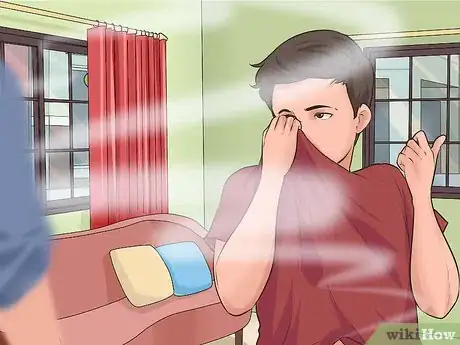

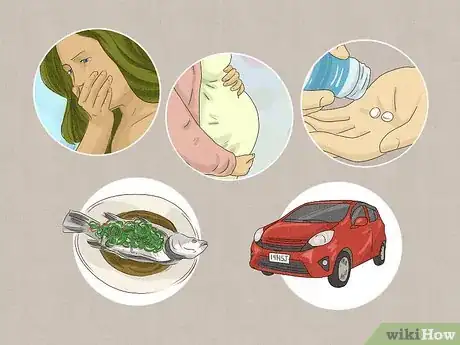
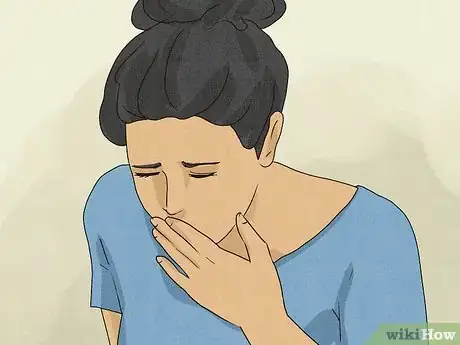
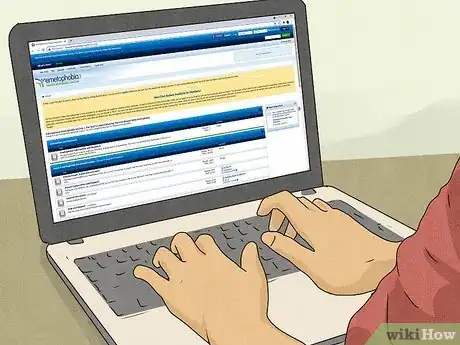

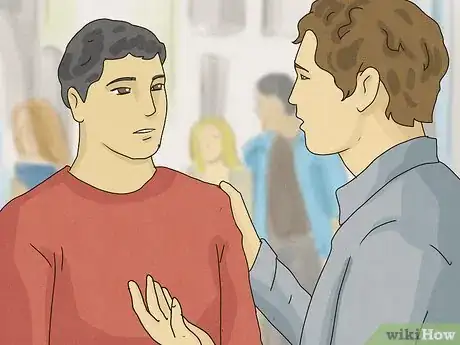








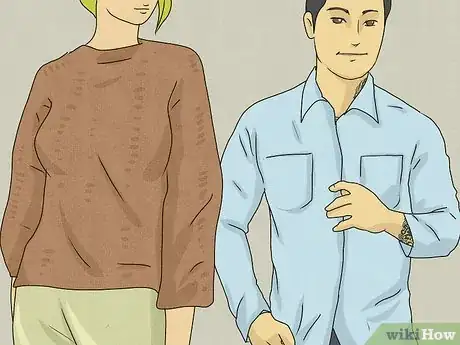





-Step-9-Version-5.webp)

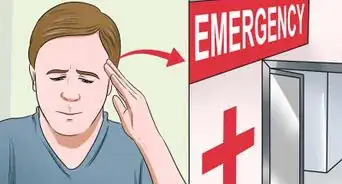
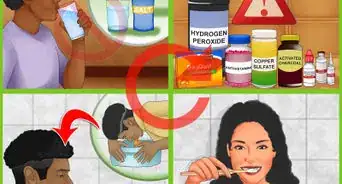















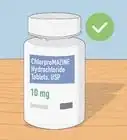



































Medical Disclaimer
The content of this article is not intended to be a substitute for professional medical advice, examination, diagnosis, or treatment. You should always contact your doctor or other qualified healthcare professional before starting, changing, or stopping any kind of health treatment.
Read More...